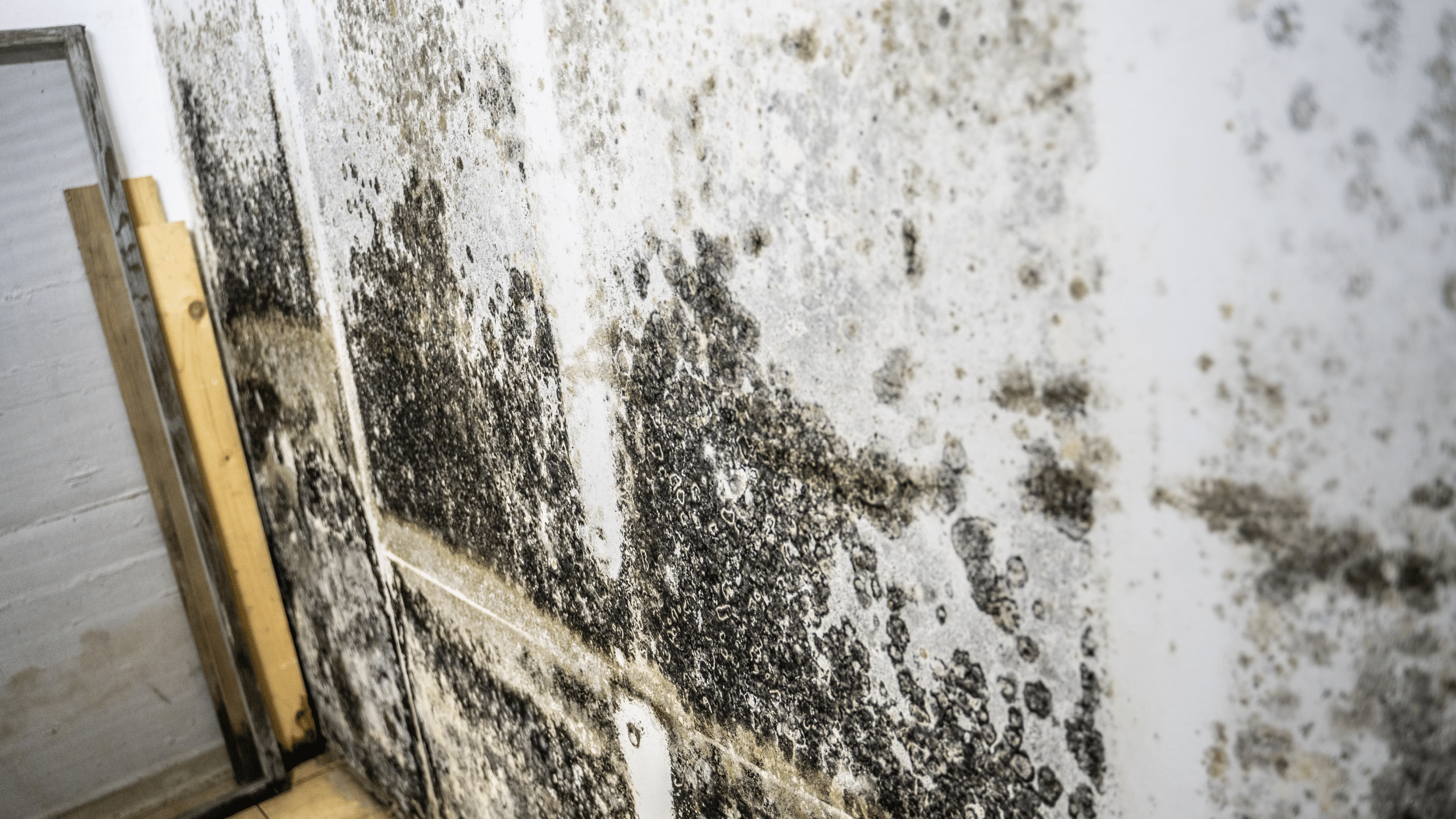Consumer’s Guide to Indoor Mold

There are over 5,000,000 species of fungi, however only about two dozen are found indoors. Molds which prefer to be indoors are different than those found outdoors, even within the same species. Mold growth is very predictable. In fact, we do not even need to know if it is present; we simply need to know if the environment is suitable for mold growth. In knowing what moisture is present, a mold assessor can identify the specie of mold which is present without sampling.
3 Groups of Fungi
Fungi on indoor building materials are classified into three groups based on the amount of moisture they need to colonize:
- Xerophilic or opportunistic molds (aka – storage molds). These are always present, and they survive on normal humidity. If our AC system is failing and we struggle to control the indoor humidity, these opportunistic molds can become a problem. Aspergillus/penicillium is the most common mold we deal with. These molds only need Active Water (Aw) <0.8. This mold is commonly found on leather goods in unventilated closets and as a settled greenish-gray, powdery dust on furnishings.
- Secondary colonizers or phylloplane fungi are molds requiring slightly higher moisture such as condensation. We typically find these molds around windows or AC vents which have excessive condensation. These common molds are cladisporium and ulocladium. These molds need slighter more water (Aw 0.8-0.9).
- Ertiary colonizers or “water indicator molds” require an active water source such as a piping leak. Common molds found are stachybotrys, chaetomium, and Trichoderma. These are heavy, dark molds which are hyped on the internet as “deadly black molds” but you should understand there has never been one documented medical case to support the claim. Zip, zero, nada – none! No, that case in Cleveland was recanted by the authors when proven false and the same with that case in Philadelphia, and New York and everywhere else. These molds need Aw above 0.95 (very wet).
Water activity (Aw) is also referred to as “equilibrated relative humidity” and it is the single, most important factor in determining whether mold growth can be initiated on building materials. I know, this is a little dry but hang in there, it gets much easier! You see, any building material can only hold so much moisture before it disintegrates. The amount of moisture which can be absorbed determines what mold group can colonize, form mycelium and produce spores. See, it all makes sense now – it is not the mold, IT’S THE MOISTURE!
What is “Mold”?
Mold is the common term used to describe fungi. Mold is not a scientific name. It is “street slang”. See, you know as much as the mold tester now.
Fungi have a vegetative body which functions like the roots, trunk, and branches of a tree. It is a network of connected microscopic tubes called hyphae. We rarely see those parts; the part we see, the black, green, or blue mold is the reproductive part. Think of the apple on the tree; if we remove the apple, we have not killed the tree. To kill the tree, we would need to remove the food and water source needed for nutrition.
What Does Mold Need to Colonize and Become a Problem?
Local differences in ventilation, surface temperature, water vapor and humidity creates micro-climates. Think of air-conditioned spaces and imagine your AC system is not working properly, and the indoor humidity is elevated because the unit is not capable of removing excess water vapor from the air…you are now subject to developing a problem with “opportunistic molds” like aspergillus if you live in an area with elevated relative humidity or water vapor in the air.
Different building materials support different mold groups. Wood, wood composites (like plywood, chipboard or OSB), and materials with a high starch content can support opportunistic mold growth with low Aw but it rarely supports colonization of tertiary molds unless the water diffusion is severe or systemic. What does this mean?
- Unless there is an active or on-going leak, you will not have growth/spore production of heavy molds like stachybotrys on roof/wall sheathing or cabinets. Can a sample reveal a presence of heavy molds – yes, but it cannot colonize unless the material is very wet. Ergo, there may be no need to remove or replace them.
- It can support growth of secondary colonizers like cladisporium but since there are no documented cases of health threats from secondary colonizers, all we should need is cleaning. That’s right – no removal, no replacement and no sealing.
In a nutshell, we need to know what the moisture content is to determine what is needed to remediate the mold. The sample will not tell us this. The type of mold is secondary to the moisture condition and the type of material.
How Property360 Can Help
Property360is a professional inspection firm. We are your local expert for home inspection commercial property condition assessment, mold and indoor air quality assessment, forensic moisture investigations, fire door inspection, forensic termite inspection (provided by 360PestControl), americans with disabilities facility surveys (ADA), second opinions and expert testimony, building code inspection, new construction inspection, construction defect assessment, construction as-built inspection, contractor draw request inspection, construction management, contractor dispute resolution, fire and flood damage assessment, and residential insurance onspections – wind mitigation and 4-point reports.
Contact us to learn more about our team and to request a comprehensive residential or commercial inspection at (904) 503-9808 today!